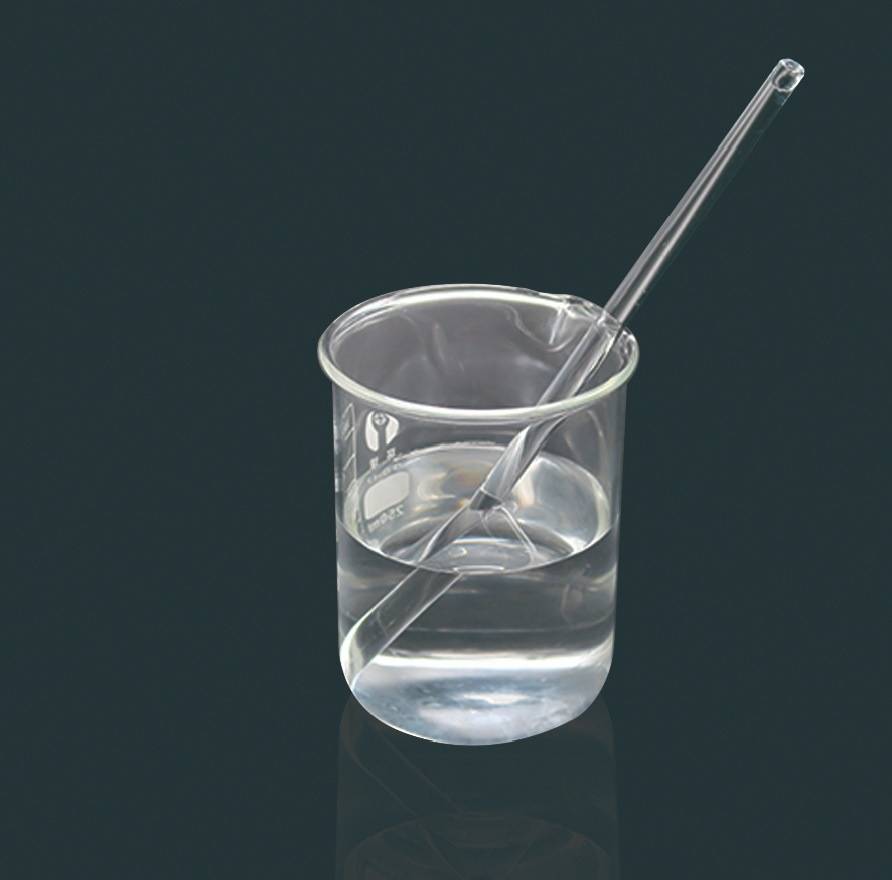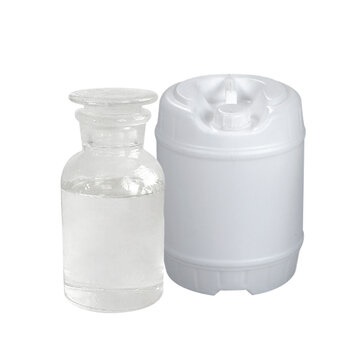The application of propylene carbonate in various fields and the proportion of addition
Author:Kevin
Acrylic carbonate is a good solvent for extracting petroleum fractions, as it can separate dienes from C4 mixtures
Isoprene can be separated from C5 fraction, and aromatic hydrocarbons, heterocyclic compounds, and acetylene homologues can also be separated. This product is mainly used for polymer operations, gas separation processes, and electrochemistry. Especially used to absorb carbon dioxide from natural gas and synthetic ammonia raw materials in petrochemical plants
In textile printing and dyeing, acrylic is a good solvent for polyamide, polyacrylonitrile, bisphenol resin, etc. It can be used as a foaming agent in the synthetic fiber industry to improve the performance of fibers, enhance the hand feel of fabrics, and improve wrinkle resistance.
In terms of printing and dyeing, carbon can enhance the printing and dyeing performance of hydrophobic synthetic fibers, resulting in uniform dyeing distribution and improved sun fading performance.
Used as a paint stripping solvent in the paint industry.
Used as a solvent or directly as a plasticizer in plastic processing.
Used as an electrolyte in the capacitor battery industry.
As a basic ingredient of cortisone ointment in medicine.
In the polymer industry, it can be used as a solvent and plasticizer for polymers. Plasticizers used as sealants. It can also be used as a curing accelerator for phenolic resins and a dispersant for water-soluble adhesive pigments and fillers
It is a good conductive fluid in hydraulic systems.
Acrylic carbonate can be used in the production of preservatives, fragrance fixatives, and solvents. Can be used to produce adhesives, high-strength polyester paint modifiers, high-temperature resistant coating additives, and crosslinking agents.
One of the raw materials for non isocyanate polyurethane materials is cyclic carbonate compounds, which are mainly composed of propylene carbonate and ethylene carbonate. By utilizing non isocyanate polyurethane materials and their synthesis mechanisms, it is possible to modify electrophoretic coating resins and synthesize ultra-low temperature fixed electrophoretic coatings with new curing mechanisms. In addition, oligomers of polycyclic carbonate compounds can serve as curing agents for resins containing primary amine groups.
The ester exchange reaction between propylene carbonate and methanol can produce green and widely used basic chemical raw material dimethyl carbonate, which has broad market development prospects.
Organic bentonite (1 solvent oil, 2 organic bentonite, 3 polar activators (methanol ethanol propylene carbon)
PVDC production
UV curable coatings and inks
【 Purpose 2 】 Used as a gas chromatography stationary phase and solvent, as well as for the synthesis of polymer materials
[Purpose 4] This product is a polar solvent used as a plasticizer, spinning solvent, water-soluble dye, and dispersant for plastics. Acrylic carbonate as the electrolyte for batteries can withstand harsh light, heat, and chemical changes. It also has certain applications in geological beneficiation and analytical chemistry. In addition, propylene carbonate can also replace phenolic resin as a wood adhesive and is used for synthesizing dimethyl carbonate.
【 Purpose 5 】 Acrylic carbonate (108-32-7) is used as an efficient solvent to remove carbon dioxide from petroleum gas, petroleum cracking gas, oilfield gas, and synthetic ammonia feed gas. It can also be used as a plasticizer, spinning solvent, water-soluble dye, pigment dispersant, oily solvent, and extractant for olefins and aromatics; It can also serve as an excellent medium for lithium batteries in the battery industry
Components for manufacturing low density polyurethane high closed cell foam, cresol solvent for metal coating
Continuous pad dyeing is mainly used for dyeing certain blended fabrics of polyacrylonitrile. This method can also be used for dyeing woolen strips and bundles. The most commonly used methods for continuous rolling dyeing are immersion rolling and steam curing. The steam curing time of continuous pad dyeing is limited by equipment conditions. To dye the fibers thoroughly in a short period of time, it is necessary to increase the diffusion rate of the dye in the fibers. For this purpose, additives such as ethylene carbonate and propylene carbonate can be added to the dye solution. Some of them are solvents for fibers, while others are swelling agents for fibers. The dosage should not be too much, otherwise it will cause damage to the fibers and make them feel harder. 1: The urea glycerol mixture of 1 also has good effects. To enhance the dissolution of dyes, appropriate cosolvents can be selected. The steaming and rolling dyeing process for woolen strips is roughly as follows: soaking and rolling at 40 ℃ -50 ℃, with a liquid content of 100%, and steaming with saturated steam at 100 ℃ -103 ℃ for 10-45 minutes without drying. The length of time depends on the dyeing concentration.
If you need or are interested in product, please contact me and we can send you free samples.
WhatsApp:+0086-18678684705
Email:kevin@dyeastchem.com
Web.:www.dyeastchem.com



